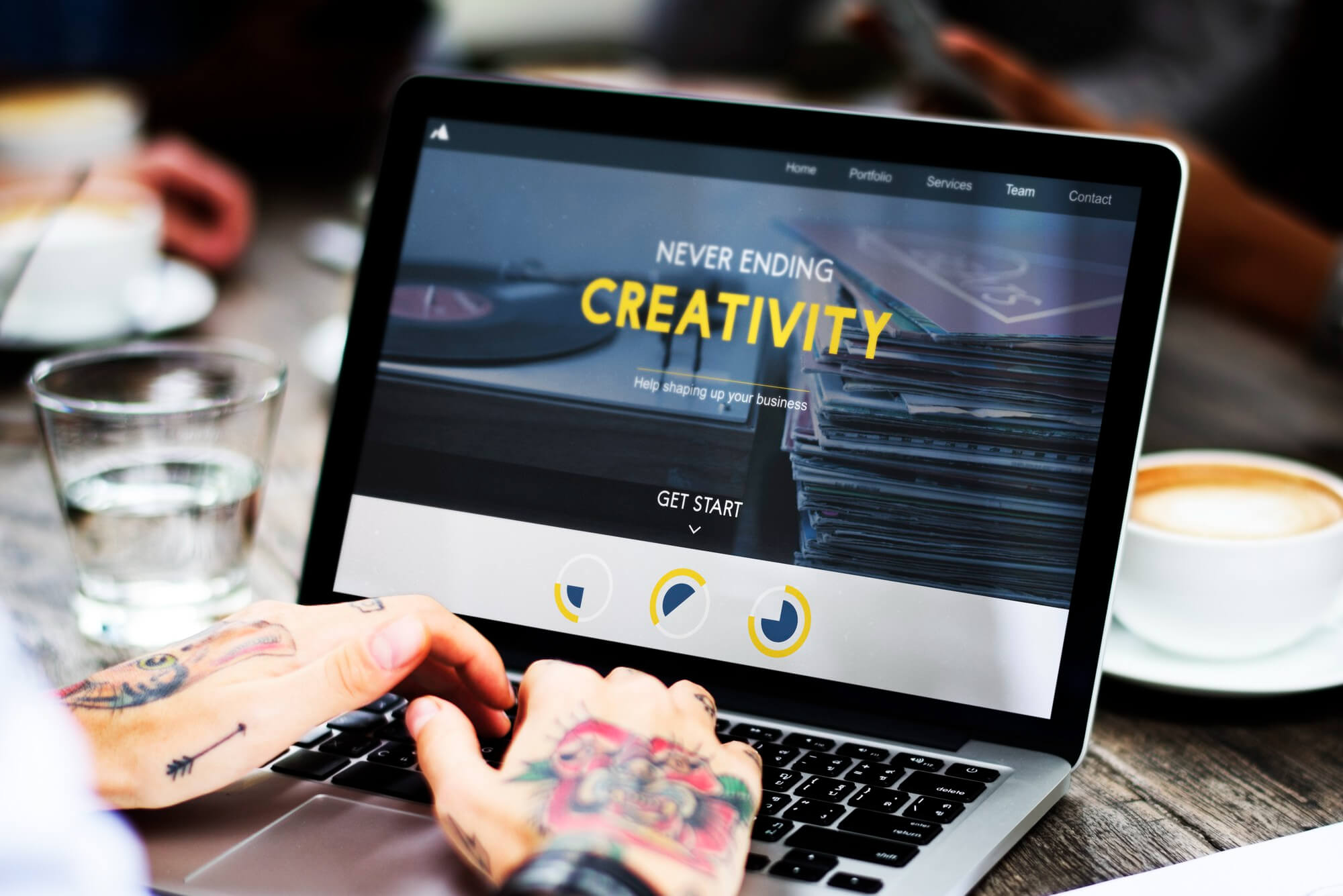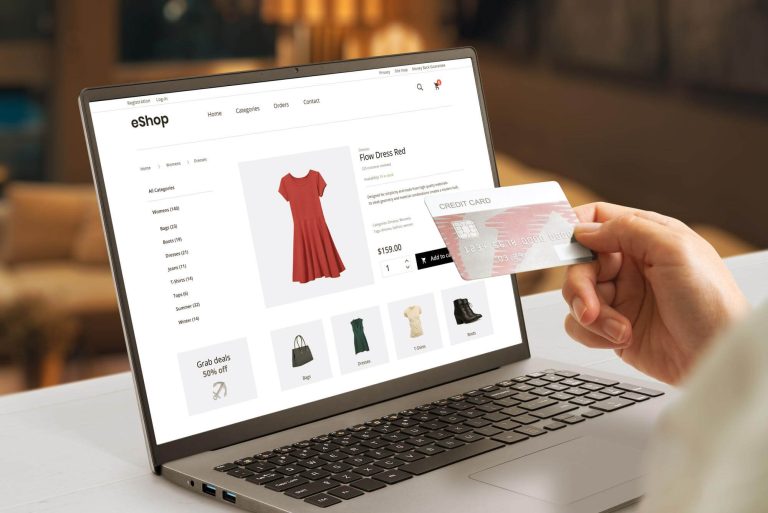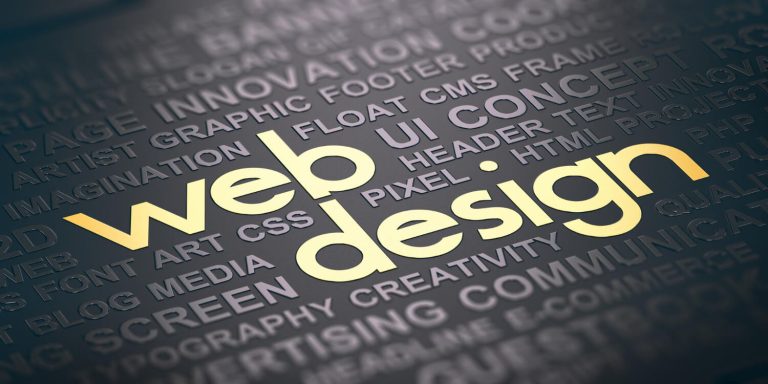In the digital age, websites serve as the virtual storefronts of businesses, and their design can significantly impact user experience and engagement. A visually stunning website can captivate visitors, but without functionality, it risks becoming a beautiful shell with little substance. Balancing aesthetics with functionality is key to creating effective, engaging, and user-friendly websites. Let’s explore how to achieve this harmony.
Understanding the Importance of Aesthetics in Web Design
Capturing Attention
First impressions matter. A website with an attractive layout, engaging visuals, and a cohesive color scheme can immediately grab a visitor’s attention. This visual appeal is crucial in making a strong first impression and can be the difference between a visitor staying on your site or moving on to a competitor’s.
Building Brand Identity
The aesthetic aspect of a website plays a significant role in brand building. Consistent use of brand colors, fonts, and imagery helps in creating a memorable brand identity. A well-designed website reflects professionalism and credibility, fostering trust among users.
Prioritizing Functionality for User Experience
While aesthetics draw users in, functionality determines their experience on your site. Functionality includes the website’s navigation, loading speed, compatibility across devices, and the ease with which users can find information or complete actions.
Navigation and Structure
A website should be easy to navigate. A clear and intuitive structure ensures that users can find what they’re looking for without frustration. This includes a well-organized menu, a logical page hierarchy, and a simple, clear path to important actions like making a purchase or contacting the business.
Responsiveness and Accessibility
With the increasing use of smartphones and tablets, responsive design is non-negotiable. Your website must look great and function well on all devices. Additionally, ensuring that your website is accessible to all, including those with disabilities, is not only a best practice but also expands your audience reach.
Integrating Aesthetics and Functionality
Strategic Use of Visual Elements
The key is to use visual elements strategically. For instance, high-quality images and videos can be powerful, but overuse can slow down your site. Balancing imagery with text and white space can create a visually appealing and easy-to-navigate interface.
Typography and Readability
The choice of fonts and text layout significantly impacts both aesthetics and usability. Readability is crucial, so while the font should align with the brand’s personality, it must also be easy to read across devices and browsers.
Interactive Elements
Interactive elements like hover effects, scrolling animations, and micro-interactions can enhance both aesthetics and functionality. They provide a dynamic experience for users but should be used sparingly to avoid overwhelming them or distracting from the main content.
Consistent Testing and Optimization
The web is constantly evolving, and so should your website. Regular testing and updates are essential to maintain a balance between aesthetics and functionality. Use analytics to understand how users interact with your site and make adjustments accordingly.
Conclusion
In conclusion, a successful website is one that strikes a balance between stunning aesthetics and robust functionality. While aesthetics capture attention and build brand identity, functionality ensures a positive user experience. By focusing on both aspects, you can create a website that not only looks great but also performs efficiently, ultimately leading to increased engagement and conversions. Remember, your website is often the first point of contact with your audience; make it count.













